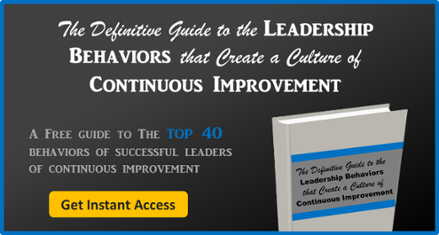 I recently joined a few of my family members on a trip to Disneyland. My 9-year-old niece from Utah was among the group. She’d never been to California before and had never seen a palm tree. She was fascinated by them, but also a little angry. “Why don’t we have trees like this at home?” she asked. I’m no botanist, but I explained to her that different plants grow in different places because they need certain conditions to thrive. The temperature, soil composition, humidity, rainfall, and other factors create the environment that determines what vegetation will take root. That’s why you don’t see cacti in a swamp, or tomatoes in the desert.
I recently joined a few of my family members on a trip to Disneyland. My 9-year-old niece from Utah was among the group. She’d never been to California before and had never seen a palm tree. She was fascinated by them, but also a little angry. “Why don’t we have trees like this at home?” she asked. I’m no botanist, but I explained to her that different plants grow in different places because they need certain conditions to thrive. The temperature, soil composition, humidity, rainfall, and other factors create the environment that determines what vegetation will take root. That’s why you don’t see cacti in a swamp, or tomatoes in the desert.
Over the years we’ve spent working with organizations interested in positive change, we’ve seen time and time again, that much like palm trees, continuous process improvement (CPI) needs certain conditions to flourish. Fortunately, you don’t have to rely on Mother Nature to create a conducive atmosphere. If you are just beginning your CPI journey, or if you are struggling to achieve results, make sure that these crucial prerequisites are in place.
Committed and Engaged Leadership
Successful organizations engage everyone in continuous process improvement and recognize that most of the opportunities for improvement that make a difference will be identified and acted upon by front-line employees. But that doesn’t mean that executive leadership isn’t essential. Employees take their cues about what is important and what is expected of them by watching the behavior of top leaders. If leaders talk a good game but don’t actively support improvement efforts, CQI is unlikely to succeed.
For more information about the leadership behaviors that create and sustain an improvement culture, check out this free eBook:
Documented Standard Processes
“Improvement” is a relative term. One can only say that a process has been improved if she knows what the process results were to begin with. This is impossible if processes are not consistently performed and documented. That makes recording Standard Work job one when it comes to CQI. And because the goal is continuous improvement, maintaining and updating the Standard Work is an ongoing activity, not a one-time event.
A Project Management Platform
Continuous process improvement isn’t really a “thing.” It is, rather, a series of projects that result in incremental change. Therefore, it is necessary to have a structure in place for managing multiple simultaneous projects and giving everyone visibility into what is happening across the organization. The solution should ensure engagement and momentum with alerts and notifications to keep everyone on track. It should also serve as the single source of the truth when it comes to improvement work, housing the documents and updates related to each process. It should also provide a mechanism for measuring the results of improvement activities so that the true impact on business metrics can be determined.
For more information about improvement software, read this:
A Clear Definition of True North
One big mistake we see over and over again is the failure to connect continuous process improvement work to the strategic objectives of the organization. When every employee has a solid understanding of the most important goals and when individual performance measurements are aligned with the strategy, employees make better decisions regarding what and how to improve. Prioritizing resources is fairly straightforward when you know where the goal post is, but almost impossible if you don’t.
A CPI Tool Kit
There are a number of tools and techniques that are used by organizations dedicated to continuous process improvement. You don’t need to use them all, but it pays to consider which will be of the most use in your world. Almost everyone will need to leverage one process improvement cycle or another. Two of the most common are PDSA and DMAIC. If you are really interested in eliminating waste, value stream mapping is an essential tool. Others include 5S, Hoshin Kanri, digital huddle boards, Kanban, and process control charts.
CPI Training and Feedback
It is a shame how often employee training is overlooked when companies roll out continuous process improvement initiatives. We believe that people have an innate desire to improve results and do their best work, and we know for sure that front-line employees are in the best position to identify opportunities for positive change, but they need guidance on exactly how that should be done. They need to be taught and given the opportunity to practice the improvement techniques that will be used. They also need consistent feedback and recognition when good things start to happen.
Continuous process improvement is something that every business leader would like to have, but not all have set the stage for success. Getting these five fundamentals right will put you on the path to creating both a culture and a structure that will lead to good changes over the long term. Without them, you might just as well try to grow a palm tree in Salt Lake.




Add a Comment